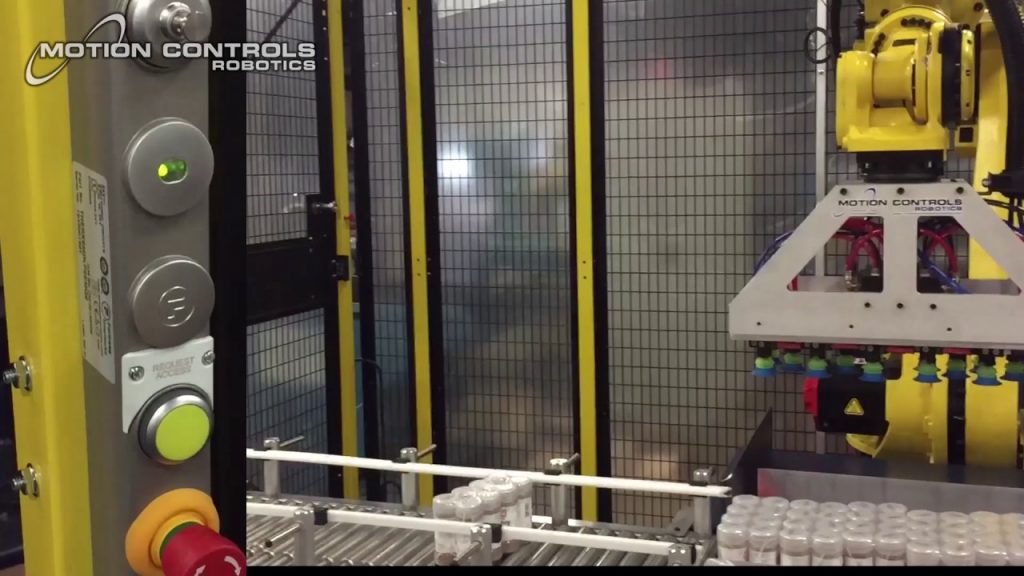"Check out the leading manufacturer for a professional solution to your coil packing needs right here."
---
Title: Industrial Robot Safety: The Importance of Safety Interlock Switches
Introduction:
As technology continues to advance, industrial robots have become an integral part of various manufacturing processes. These robots are designed to perform tasks efficiently and accurately, making them indispensable in today's industrial landscape. However, with the increased reliance on robots, ensuring the safety of human workers working alongside these machines has become a top priority. This is where safety interlock switches play a crucial role. In this article, we will explore the importance of safety interlock switches in industrial robot safety and how they work.
Section 1: Understanding Industrial Robot Safety
Industrial robot safety refers to the measures and precautions taken to ensure the well-being of human workers interacting with robots in a manufacturing environment. This includes both physical safety and the prevention of potential hazards. With the use of safety interlock switches, industries can achieve a safer working environment for their employees.
Section 2: The Role of Safety Interlock Switches
Safety interlock switches act as a crucial component in the entry to the cell of an industrial robot. They serve as an access control system that ensures the robot can only operate when it is safe for human interaction. These switches are designed to detect any potential danger or unauthorized entry, immediately interrupting the robot's operation to prevent accidents.
Section 3: How Do Safety Interlock Switches Work?
Safety interlock switches work by utilizing various mechanisms to detect and monitor the status of the robot's environment. One commonly used type is the non-contact magnetic switch. This switch consists of a magnet and a reed switch. When the access door is closed, the magnet aligns with the reed switch, creating a closed circuit. This indicates that it is safe for the robot to operate. However, if the door is opened or tampered with, the magnet moves away from the reed switch, breaking the circuit and activating the safety stop.
Section 4: Advantages of Safety Interlock Switches
Safety interlock switches provide several advantages in industrial settings. Firstly, they ensure the safety of human workers by preventing accidental contact with the robot during operation. Secondly, these switches help prevent unauthorized access, reducing the risk of tampering or sabotage. Additionally, safety interlock switches contribute to the overall efficiency of the manufacturing process by minimizing downtime caused by accidents.
Section 5: The Future of Industrial Robot Safety
As technology continues to evolve, so does the field of industrial robot safety. Advancements in artificial intelligence and machine learning are paving the way for safer and more collaborative robot-human interactions. Safety interlock switches are likely to become more sophisticated, incorporating advanced sensors and communication technologies to enhance safety measures even further.
Conclusion:
Industrial robot safety is of utmost importance in today's manufacturing landscape. Safety interlock switches play a vital role in ensuring the well-being of human workers and preventing accidents. By understanding the significance of these switches and how they work, industries can make informed decisions to create a safer working environment. Remember, prioritizing safety not only protects human lives but also contributes to the overall productivity and success of a business.
Check the coil packing solution with the leading manufacturer for a professional solution right here. Industrial Robot
Understanding Safety Interlock Switches in Robot Safety and Industrial Robot Safety






